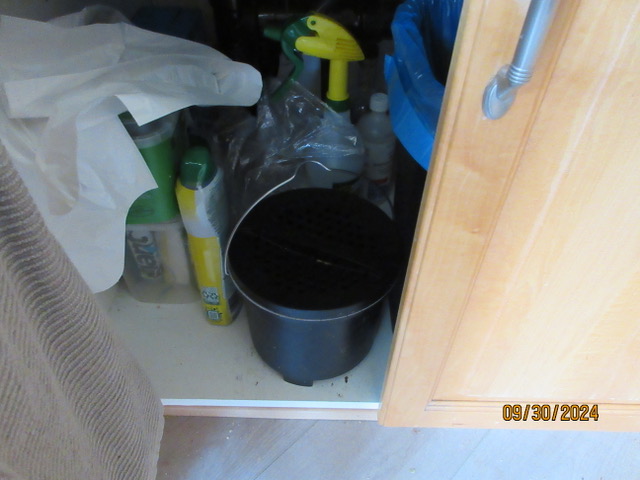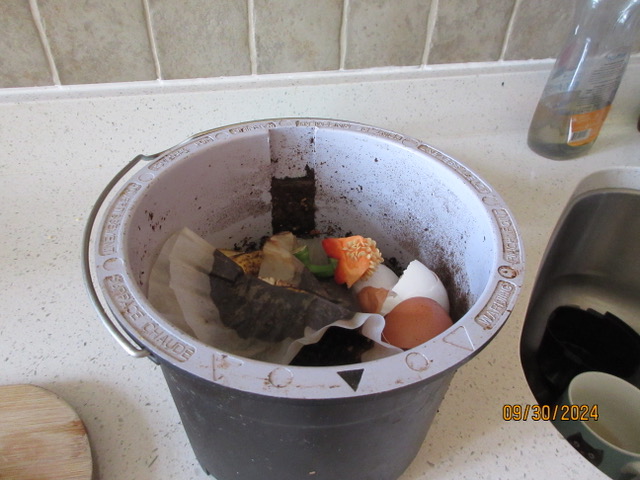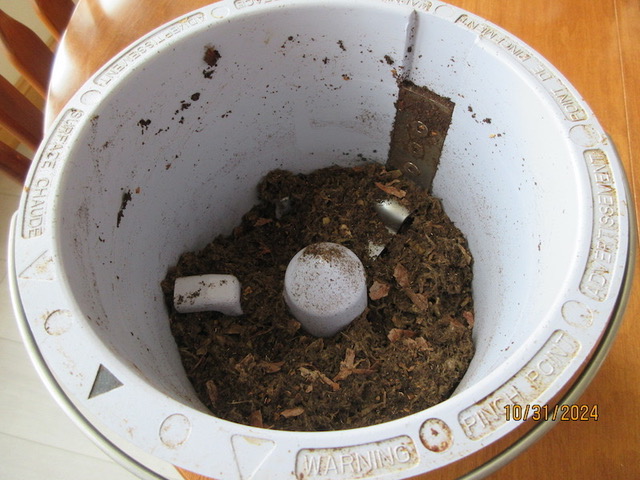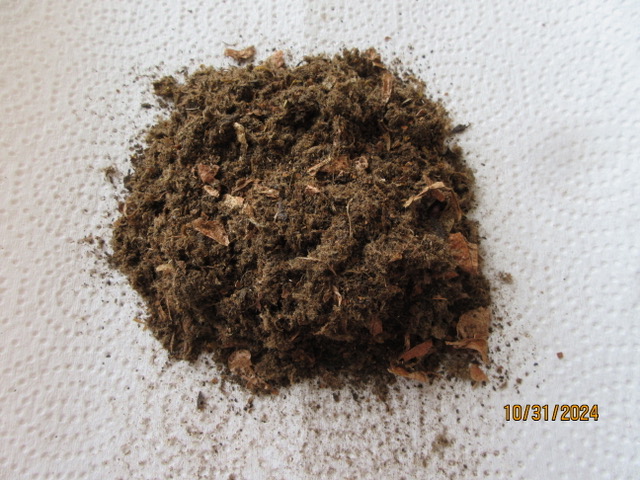FoodCyclers make composting accessible for all dwellings

Composting has historically been an activity that only those blessed with a yard could easily do. Although some apartment dwellers have successfully composted using an indoor worm farm, it is not a viable option for everyone. Enter FoodCyclers! These electric kitchen composting appliances are a relatively new invention. They make composting an option for most living spaces while using minimal electricity. They are simple to operate and can be used year round.
We first heard about FoodCyclers through the Municipality of Central Manitoulin where our cottage is located. In their newsletter, it was stated that the town was looking to reduce organic waste going into the landfill where space was becoming limited.
A pilot project was offering participants the Vitamix FC-50 FoodCycler at half the price. The only requirement was to keep track of one’s usage for 12 weeks and send in the results.
Because of our cottage’s location, composting or digesting did not work well. Therefore, we decided to participate and are very glad we did. We generate a fair amount of organic waste for just two people as we cook from “scratch” and use a lot of fresh produce. The FoodCycler was in use about three times per week. It sat on the kitchen counter until it filled up to the line and then back to the storage room it went, to dry and grind down from a full container to 1 – 2 inches of a peat moss type of material. A full bin takes up to seven hours to process (depending on the type of food waste).
The Vitamix website has some good tips regarding what to put in the cycler, what not to put in, as well as “iffy” items that should be put in sparingly. One item we tried was chopped up corn husks and there might have been too many as it made the cycler stop. We decided not to put those in again.
As for making use of the recycled food compound (RFC), since we decided not to cycle any bones, I found that mixing it with potting soil in the proportion suggested (11 parts soil : 1 part RFC) for container plants (including tomatoes) worked well. However, when I thought I would try it as a mulch for those same container plants to keep in moisture, I found that after a rain, it dried to a hard, impermeable crust which had the opposite effect. So, we spread it over the lawn in all seasons (even in winter if the snow is not too deep) both at home and at the cottage.
All in all a satisfying experience. 🍏




No Comments